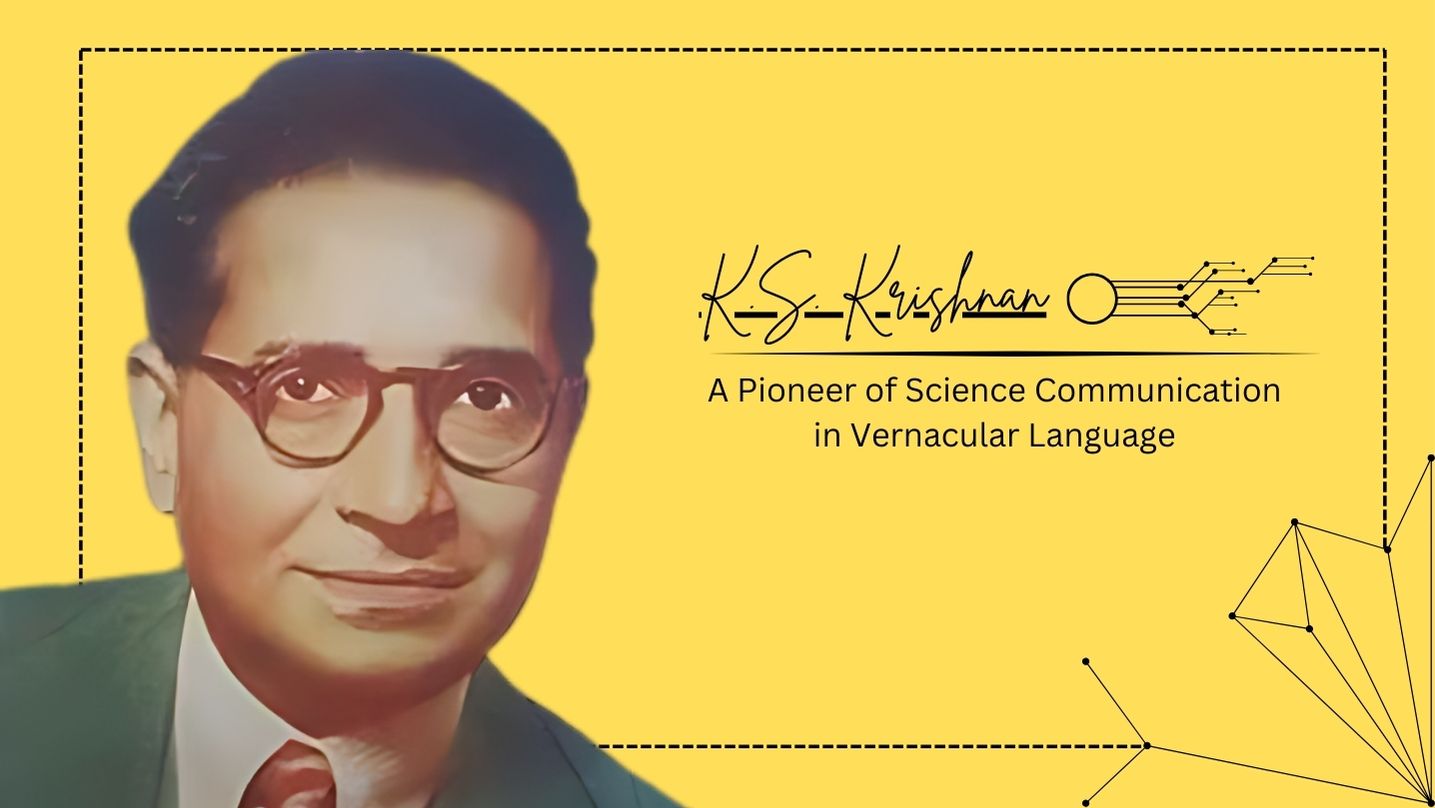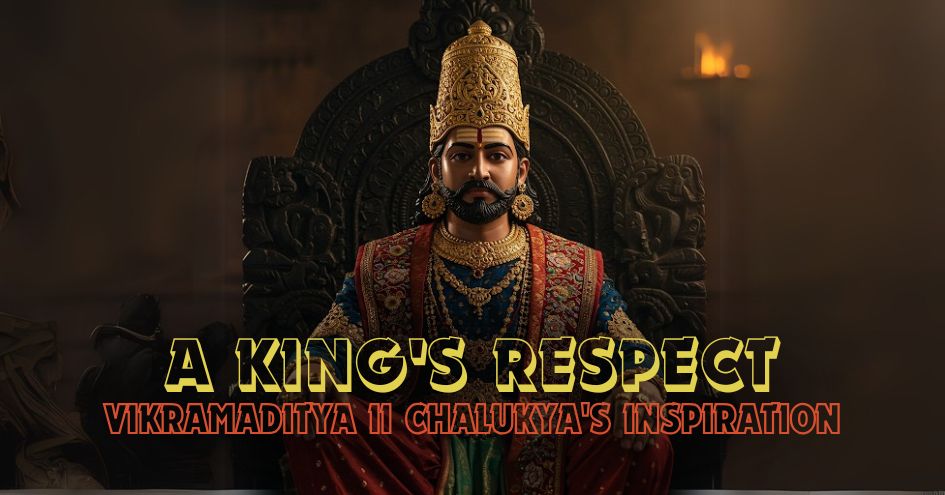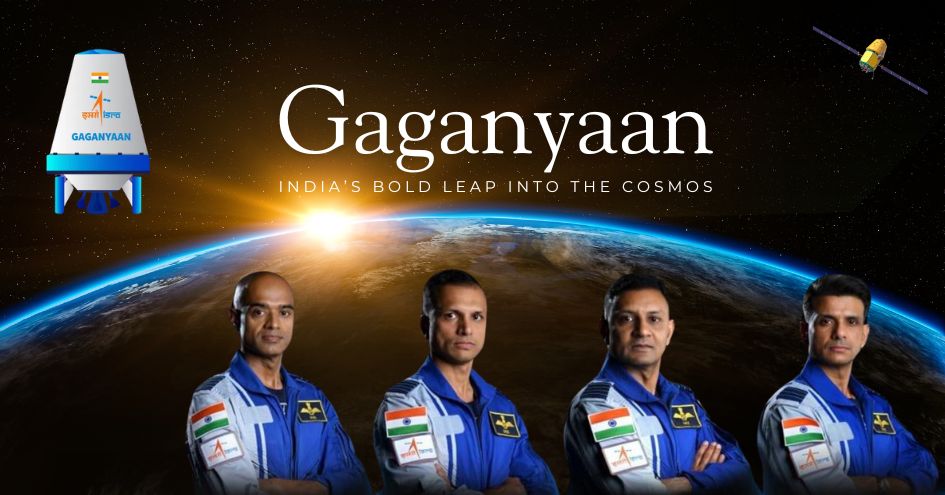
K.S. Krishnan (1898-1961)
Kariamanikkam Srinivasa Krishnan, known affectionately as KSK, is celebrated not only as the co-discoverer of the renowned Raman Effect but also as a passionate advocate for science communication in native languages. His groundbreaking work alongside his mentor, C.V. Raman, led to the Nobel Prize in Physics in 1930, a recognition that Krishnan's mentor, C.V. Raman, received. In fact, Raman himself acknowledged Krishnan's significant contributions, expressing that had the Nobel Prize been solely for the work conducted in 1928, Krishnan would have rightfully shared the accolade.
Krishnan's reputation as an eminent physicist extended internationally. His innovative contributions spanned various realms of physics, showcasing his talent for recognizing and leveraging connections between different scientific phenomena.
Beyond his scientific prowess, Krishnan played a pivotal role in advancing science and technology in India. He held influential positions in esteemed scientific and educational institutions such as the Atomic Energy Commission, the Council of Scientific and Industrial Research, and the University Grants Commission. Renowned as a remarkable educator, Krishnan embodied the essence of a true guru, integrating his vast knowledge into his teaching. He was not merely a physicist but a well-rounded individual with a harmonized personality.
A fervent nationalist, Krishnan ardently advocated for science communication in vernacular languages. Proficient in Tamil himself, he believed fervently that even the most complex scientific concepts could be effectively conveyed in one's mother tongue. Drawing from his deep understanding and appreciation of Tamil literature, Krishnan seamlessly bridged the gap between science and language. He attributed his ability to communicate scientific ideas in Tamil to his scholarship and love for Tamil literature, citing his school science teacher, Thirumalai Kozhunthu Pillai, as an inspiration.
Krishnan's interests extended beyond science; he was also an avid sports enthusiast, excelling in tennis, bridge, and football. His mastery of Sanskrit and Tamil literature reflected his diverse intellectual pursuits, instilled in him since childhood by his father. Renowned for his oratory skills, Krishnan had a captivating presence, effortlessly weaving anecdotes to elucidate morals or disarm critics.
Born on December 4, 1898, in a village in the Ramnad District of Tamil Nadu, Krishnan's passion for science blossomed during his school days, thanks to his influential teacher. After earning a master's degree in physics, Krishnan began his career as a demonstrator in chemistry at Madras Christian College. His informal lunch-hour discussions on physics, mathematics, and chemistry became immensely popular, attracting students from neighboring colleges.
In 1920, Krishnan joined C.V. Raman at the Indian Association for the Cultivation of Science in Kolkata, where he immersed himself in rigorous research. His dedication was unwavering, often commencing work in the laboratory at dawn after a brisk morning walk. However, Krishnan's intellectual pursuits extended beyond scientific research; he devoted significant time to studying literature, religion, and philosophy.
Transitioning to Dacca University in 1928, Krishnan delved into the magnetic properties of crystals, pioneering precise experimental techniques. His research laid the foundation for modern crystal magnetism and magnetochemistry. Subsequently, he held esteemed positions at prestigious institutions such as Allahabad University and the National Physical Laboratory.
Krishnan's contributions garnered numerous accolades both nationally and internationally. He served as the General President of the Indian Science Congress in 1948 and was honored with the Padma Bhushan by the Government of India in 1954. Invited as a guest speaker at the US National Academy of Science's Annual Dinner in 1955, Krishnan's lecture on cultural values in technical education earned him widespread recognition. Knighted in 1946 and elected as a Foreign Associate of the US National Academy of Sciences in 1956, Krishnan's legacy continues to inspire generations of scientists.
A compassionate soul, Krishnan's love for nature was evident in his actions, such as when he intervened to save trees from being felled during the construction of the National Physical Laboratory. His profound respect for the environment mirrored his holistic approach to life, encapsulating his belief that symmetry could be achieved not by destruction but by harmonious addition.
 Dakshinamurthy is a scholar and researcher of Indic themes and a contributing writer of The Verandah Club
Dakshinamurthy is a scholar and researcher of Indic themes and a contributing writer of The Verandah Club
NEXT ARTICLE

Indian History is rife with conflict between kings for power, territory and regional supremacy. We have seen instances where kings have made it a poin...

"Saare Jahaan Se Accha, Hindustan Hamara!"These immortal words, spoken by Squadron Leader Rakesh Sharma from the vast expanse of space in 1984, When t...

High in the rugged, unforgiving terrain of Jammu and Kashmir’s Reasi district, where the Chenab River slices through deep gorges and the Himalayas loo...